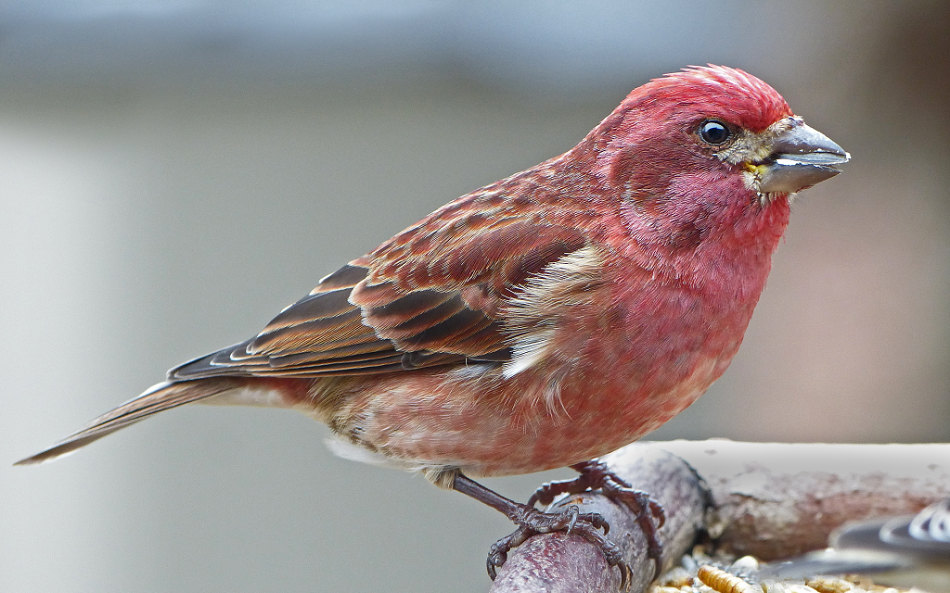


The birders out there will understand the notion of setting these little goals. But for all I know, Halloween day, which was yesterday, proved to be the day that helped me finally break that record. At the time of this column’s composition I was stuck at 38 species again. The old record of 38 species was originally set in 2012 and then it was tied again just last year. Box 1262, Bryson City, NC 28713.October was a month for which there was a little excitement generated by the prospect of setting a new personal record for the number of bird species observed in my yard. His wife, Elizabeth Ellison, is a watercolor artist and paper-maker who has a gallery-studio in Bryson City. George Ellison is a naturalist and writer. Heard primarily on their more northern breeding grounds, the song of a male purple finch is described as “a rapid, easy flowing, melodious warble” when delivered from “the top of a balsam or a spruce” or from “two to three hundred feet above the ground.” Nevertheless, Arthur Stupka in his “Notes on the Birds of Great Smoky Mountains National Park” (1963) reported that - from the mid-1930s until the early 1960s - “some singing has been noted every month from October through April.” Usually the finches feed in the tops of trees like tulip poplar, but when a suitable feeding station stocked with sunflower seeds is located they move in for a communal feast. We’ve had a flock of 10-15 birds that seems to be traveling with a flock of perhaps 50-75 pine siskins. Their numbers vary greatly from winter to winter. The purple finch is one of our finest winter birds. Females of both species are drab sparrow-like birds with heavily-streaked undersides. The nineteenth century naturalist John Burroughs was of the opinion that the color looks as if it “might have been imparted by dipping a brown bird in diluted pokeberry juice.”Ī male house finch displays a reddish-brick color in its head and upper body and is slimmer than the purple finch. Some say he looks as if his head and most of his body have been dipped in raspberry juice or red wine.

If you spot one or the other during the remaining months, you need to look closely to make sure of its identity.Ī male purple finch is chunky with a heavy beak. If you see something that looks like a purple finch during the period from late May into September, it’s a house finch. To avoid apprehension, pet shop owners released their stock into the wild. The scheme fell apart when federal agents moved in to halt the illegal commerce. Marketed as “Hollywood finches,” they turned a good profit for all concerned, for awhile. The easternmost boundary of their original range was west Texas.īecause the males are sweet singers and attractive, some were captured in California in the 1930s and shipped to the New York City area to be sold in pet shops as caged birds. The house finch was originally a permanent resident of western North America from Mexico to Canada. Breeding takes place from West Virginia northward into Canada. Two that might be confusing are the purple finch and the house finch.įor the most part, the purple finch is a winter resident in the southeastern United States, primarily from mid-October to mid-April. Juncos, cardinals, goldfinches, titmice, mourning doves, chickadees and nuthatches are some of the bird species attracted to feeders in winter.


 0 kommentar(er)
0 kommentar(er)
